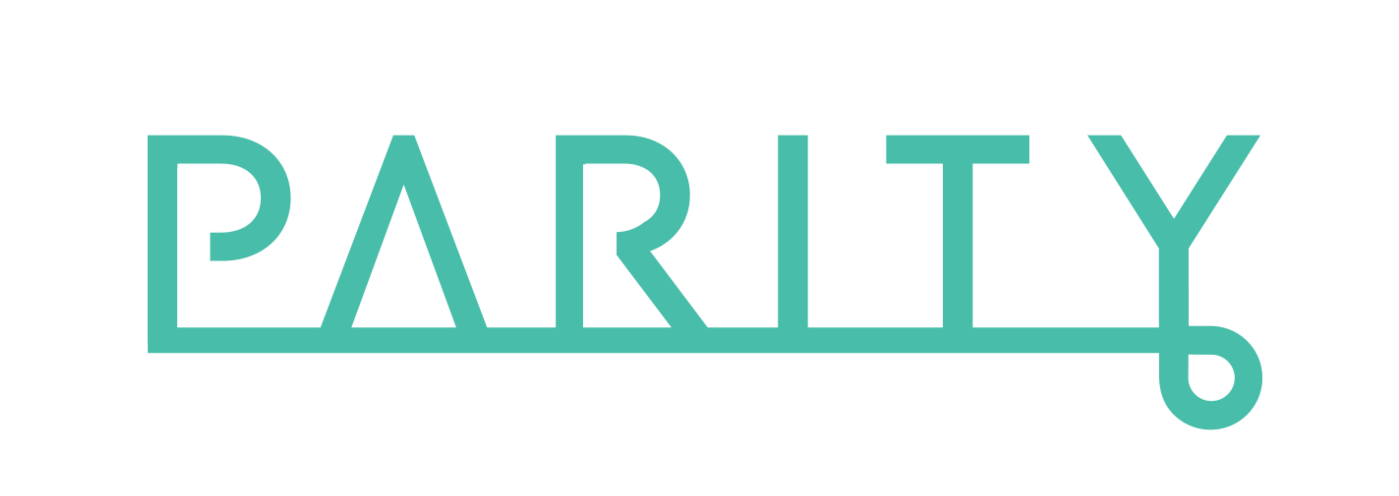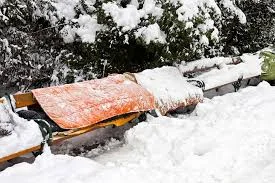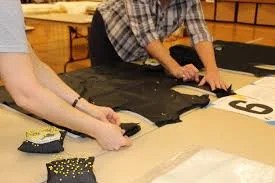Homeless Youth Ministry of Warmth
Helping to
save lives
STARTS WITH YOU
In partnership with The Turtle Shelter Project, Parity is providing funding and supports for faith communities, faith-based organizations and churches to make life-saving foam vests for youth and adults experiencing homelessness, especially LGBTQia identified youth who too often become homeless due to religious bias and bigotry. We believe that churches and faith communities should be at the forefront of helping prevent and address LGBTQia youth homelessness and offer several options for faith-based prevention and engagement.
The Homeless Youth Ministry of Warmth is a hands-on, volunteer project for all ages and abilities, from individuals to families to large groups.
Learn more and sign up below, or email us with your questions.
About Turtle Shelter
Turtle Shelter Project was started by Jen Spencer in 2015 to help keep people experiencing homelessness from freezing to death.
One winter when Jen was homeless, 7 of her friends froze to death.
Jen is no longer homeless and has figured out a solution: High tech foam vests that are inexpensive, keep a person warm to 10 degree below zero, help SAVE lives and alleviate suffering.
YOU can request vests for your community - and you can make vests and have your friends, business colleagues, church members or club make vests, too!
Jen believes that not only does every life have value, but that every person can help others.
Turtle Shelter Project vests are designed to be made by volunteers who have no special sewing skills, with the final construction done by our expert staff. The completed vests are then returned to the community where volunteers made them - or to another area with need.
Why foam clothing?
Foam clothing dramatically reduces moisture as being a threat to a person's life in the cold!
Foam clothing is marketed to emergency preparedness and extreme sports audiences because of its ability to keep you warm in winter conditions. Being cold is one thing, but being cold and wet is miserable. Being cold, wet, and without shelter can be life threatening.
This technology is usually sold in emergency preparedness venues and super expensive. It does make sense because the technology is super valuable that the clothing should cost a lot, but we disagree: nobody likes to be cold and people function a lot better when they are not freezing to death! So we created a foam vest that covers the core and we called the Turtle Shelter because it acts like a shelter and harnesses the wearer's body heat even while wet and even in freezing temperatures.
The dangers of freezing
Each year, as winter approaches and the temperature begins to drop, many homeless people move from the streets to their city’s shelter system to escape the cold. However, few communities have city-wide cold-weather response plans, and many of the plans currently in place leave gaping holes in accessibility.
In rural areas, shelters often have no outside resources to help them cope with the increased demand caused by cold weather conditions. Many shelters or cities offer expanded winter services only during certain months or only when the temperature falls below a pre-determined and arbitrary cut-off temperature. Above those cut-offs (hypothermia can occur in weather as warm as 50 degrees Fahrenheit) many cities do not offer resources to help the homeless people escape from the cold.
With nowhere to stay except the streets, people experiencing homelessness have a much higher risk than the general population of developing exposure-related conditions such as hypothermia and frostbite. These conditions can be immediately life threatening and may also increase the risk of dying from unrelated conditions in the future.
From the Dangers of Cold Weather from the National Coalition for the Homeless
Turtle Shelter Project vests are the perfect service project / volunteer activity for groups of all sizes and types. (Are you an individual who can make ONE vest? We need you, too! Click to learn more). From a small family to hundreds of participants at events or conferences, participants will be part of making vests to help save the lives of people in need. It takes 9 volunteers hours to make a vest, so we need your help!
We can plan your event for the skill levels of your volunteers, and when we say that EVERY person can help, we mean it! We will meet you and your volunteers at your level of skill, time and space.
We provide all of the written and video instructions and materials - you provide the space and volunteers! After your group has completed their tasks, simply send the partially completed vests back to us for expert sewing, and then we will send them back to you or to a location you specify.
We don't ever want cost to be a barrier for anyone who wants to help! Our suggested donation per person for a volunteer event is $10 - $30, but scholarships are available, and if time is what you have to give and not money, we can accommodate that. If you or your organization is able to give more, know that 100% of your gift goes directly to vest production to help save lives and provide opportunities for others to serve.
Please fill out the form below and tell us about your event idea so that we can provide options for you and your group. We will need to know:
What date you would like to schedule (For large groups 1-3 months advance notice is preferred to give us time to order materials. However, send us your request and we will work with you.)
Where your event will be held
About how many people will attend (we can accommodate a few or a lot)
How many have basic sewing skills (can sew a straight stitch)
How many have advanced sewing skills
How many sewing machines your group can bring
How many sergers your group can bring
Whether you will provide any donations to help with purchasing materials (Some groups can donate time and some can donate money. Both are appreciated and needed!)




